Dramatic Art Styles: An Artist's Personal Guide to Visual Power & Emotion
Explore dramatic art styles through an artist's personal lens. Discover how elements like light, scale, texture, and emotion create powerful visual impact, from Baroque masters and Symbolism to contemporary installations and digital art.
Dramatic Art Styles: An Artist's Personal Take on Visual Power
What does it mean for art to be 'dramatic'? When you hear the word, maybe you think of theatre, of actors on a stage, of grand gestures and swelling music. And yes, that's one kind of drama. But in the visual arts? It's something else, something that hits you right in the gut, makes you pause, makes you feel. It's the visual equivalent of a gasp, a roar, or a profound, unsettling silence. It's art that demands your attention, not just politely asks for it.
For me, dramatic art isn't just about depicting a dramatic scene. It's about the way the art itself behaves, the energy it holds, the story it tells without a single word. It's a conversation, sometimes a shout, sometimes a whisper, that bypasses the brain and goes straight for the heart. Or the gut. Or maybe even makes the hairs on your arms stand up. That's okay! That's the art doing its job. Trying to explain why a certain piece moves you can feel a bit like trying to explain why your favorite color is blue – it just is. It's a feeling, a reaction, a connection.
Let's dive into what gives art that dramatic punch and explore some styles that really nail this concept. It's a personal journey, of course, because isn't all art appreciation, at its core, deeply personal? Like trying to explain why a certain color combination just works for you, or why one brushstroke feels more alive than another.
What Gives Art That Dramatic Punch?
It's not one single thing, but usually a combination of elements working together to create impact. Think of it like a recipe for emotional intensity on canvas or in sculpture. When these ingredients are mixed just right, the result is undeniable. It's the visual language an artist uses to grab hold of your attention and emotions.
- Light and Shadow (Chiaroscuro & Tenebrism): The Baroque masters were kings of this. Intense contrasts between light and dark create volume, tension, and a sense of the theatrical. It's like spotlighting the most important parts of the scene while leaving others in mysterious shadow. Caravaggio is the prime example; his use of tenebrism (an extreme form of chiaroscuro, where darkness dominates and only key elements are brightly lit) creates intense drama and psychological depth, pulling figures out of oppressive darkness.
- Color: While not always necessary (think of a dramatic black and white photograph), bold, contrasting, or emotionally charged colors can heighten the drama. Expressionists used color not realistically, but to convey inner states. Think of the vibrant, clashing colors in a Franz Marc painting like "The Bewitched Mill," used to express the spiritual essence of nature rather than its literal appearance. Color can shout, whisper, or hum with intensity.
![]()
- Movement and Composition: Dynamic lines, swirling forms, figures caught in action – these create a sense of energy and unfolding drama. A chaotic or unbalanced composition can feel unsettling, adding to the dramatic effect. Théodore Géricault's "The Raft of the Medusa" uses a strong diagonal composition and dynamic figures to convey the desperate struggle for survival, pulling your eye through the scene's turmoil.
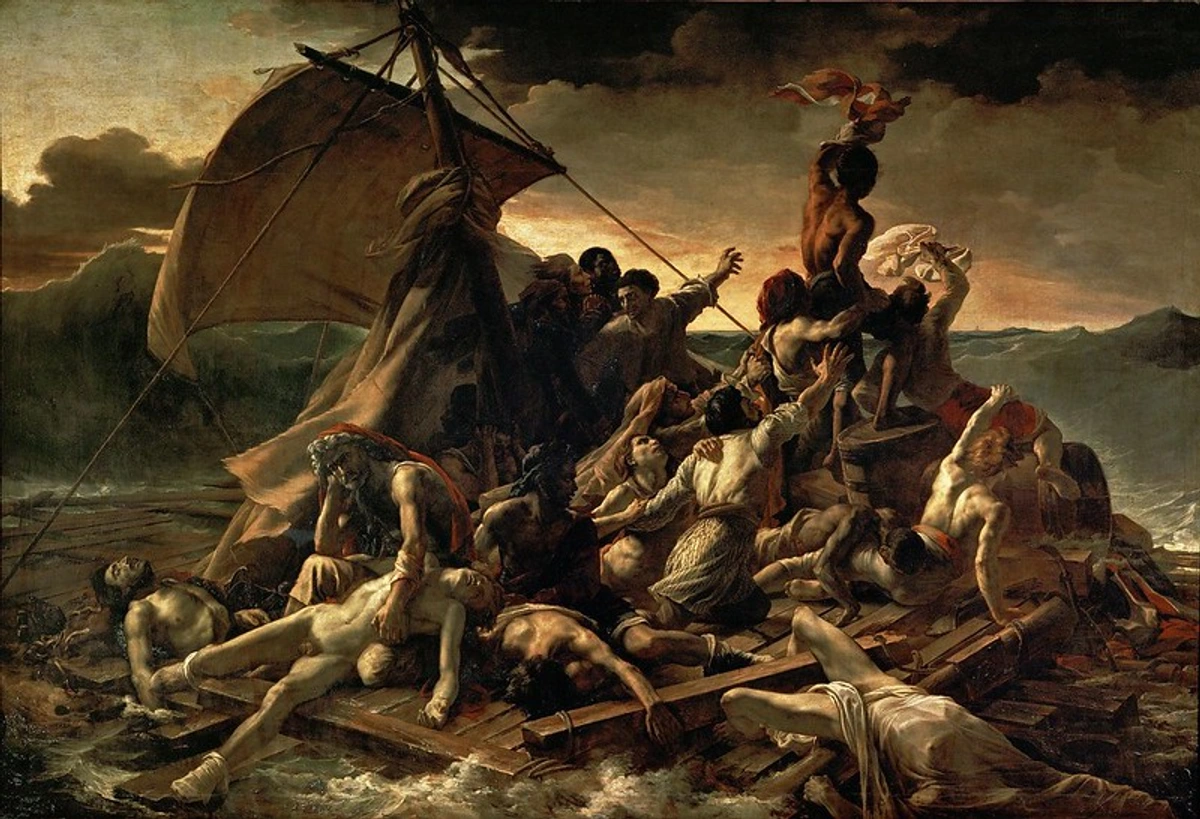
- Scale: Sometimes, sheer size creates drama. A massive painting or sculpture can be overwhelming, pulling you into its world. Think of standing before Mark Rothko's large color field paintings. The scale and immersive color envelop you, creating a profound emotional experience that a smaller piece might not achieve. It's like the art is giving you a big, intense hug you can't escape.
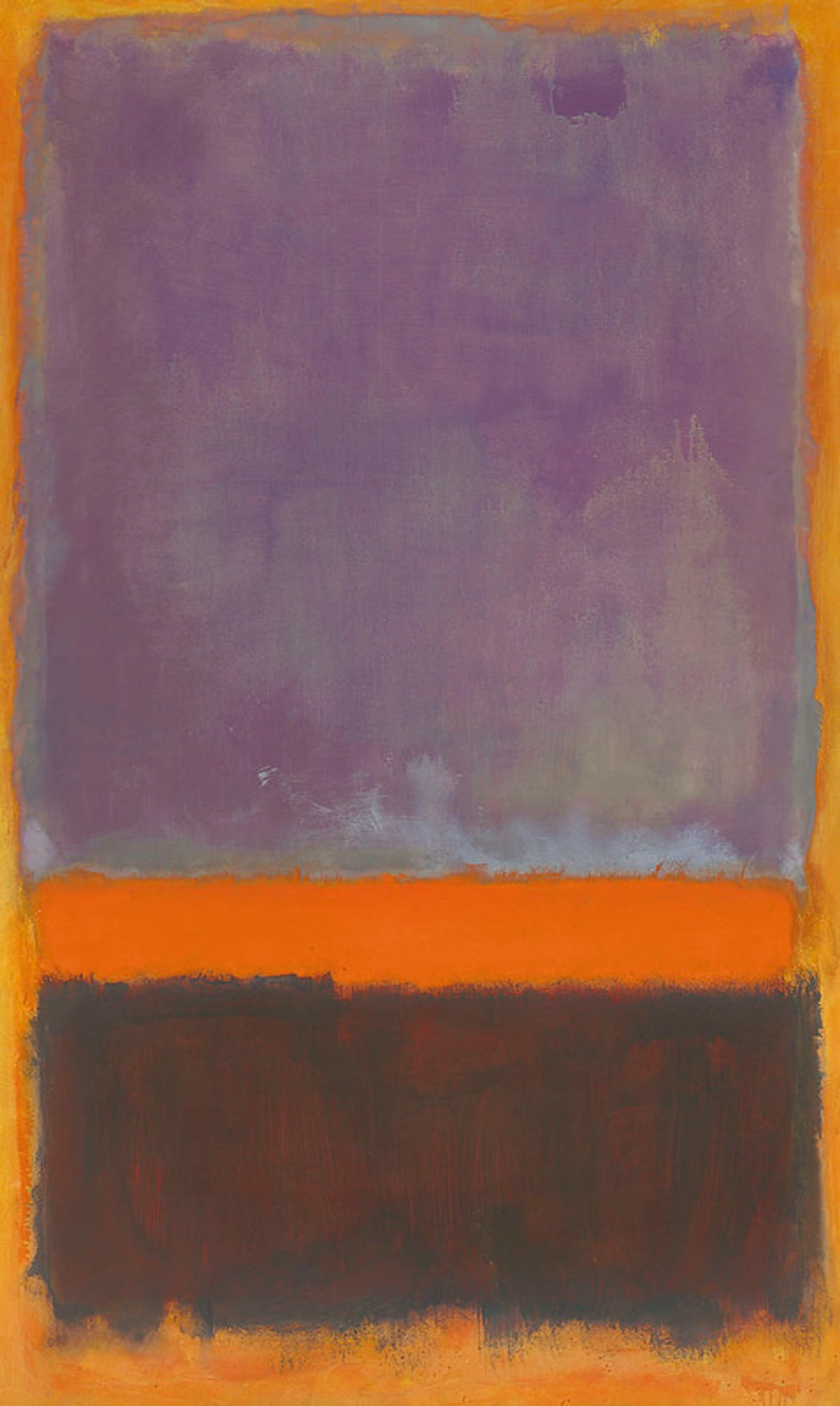
- Texture: The physical surface of the artwork can add a layer of drama. Thick, impasto brushstrokes create literal depth and energy, making the paint itself feel alive. A rough, tactile surface can feel raw or unsettling, while a smooth, polished one might create a dramatic contrast with the subject matter. Think of the built-up surfaces in an Anselm Kiefer piece – the materials themselves tell a dramatic story of weight, history, and decay.

- Subject Matter: Obviously, depicting dramatic events – battles, religious epics, moments of intense human struggle or triumph – lends itself to drama. But even a simple portrait can be dramatic if the emotion is raw and powerful. Consider Pablo Picasso's "Guernica," a monumental work depicting the horrors of war. The subject matter is inherently dramatic, amplified by the chaotic composition and stark palette.
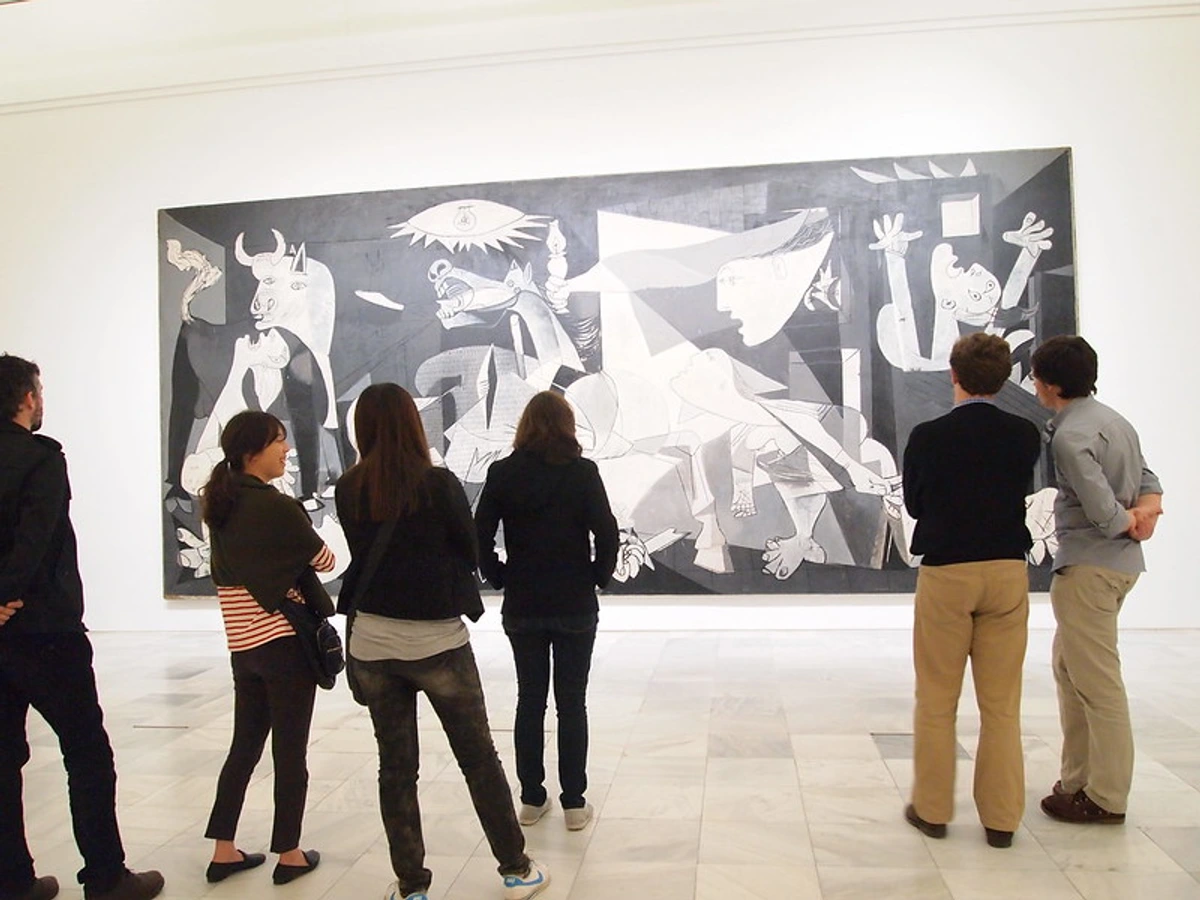
- Emotion: This is key. Dramatic art often aims to evoke strong feelings – awe, fear, pathos, ecstasy, tension. The artist isn't just showing you something; they're making you feel something about it. Think of the raw anguish in Edvard Munch's "The Scream." You don't just see a figure; you feel the existential dread radiating from the canvas. It's like the painting is screaming right back at you.
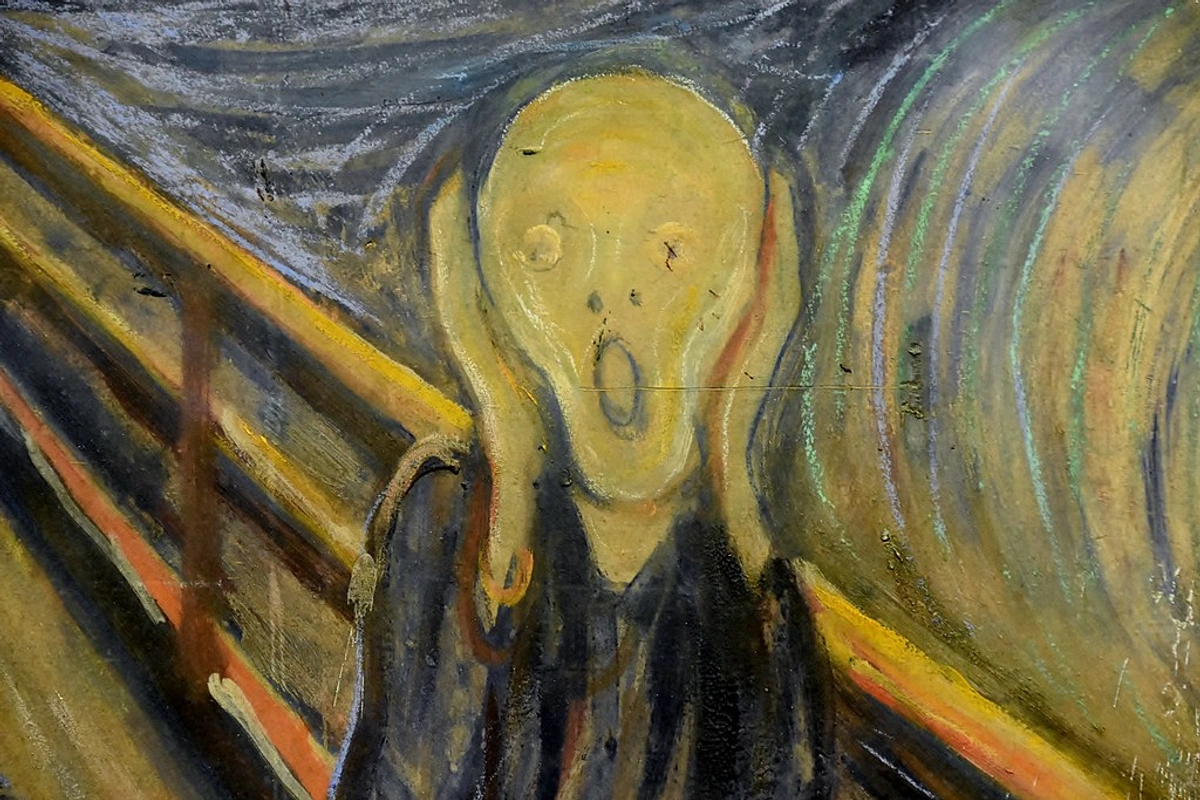
- Narrative/Storytelling: Even without depicting a specific, well-known story, art can create a sense of unfolding drama or mystery. The composition, the expressions of figures, the implied context – these elements can hint at a narrative, leaving the viewer to piece together the drama. A single glance or gesture can suggest a whole world of tension or emotion. It's the visual equivalent of a cliffhanger.
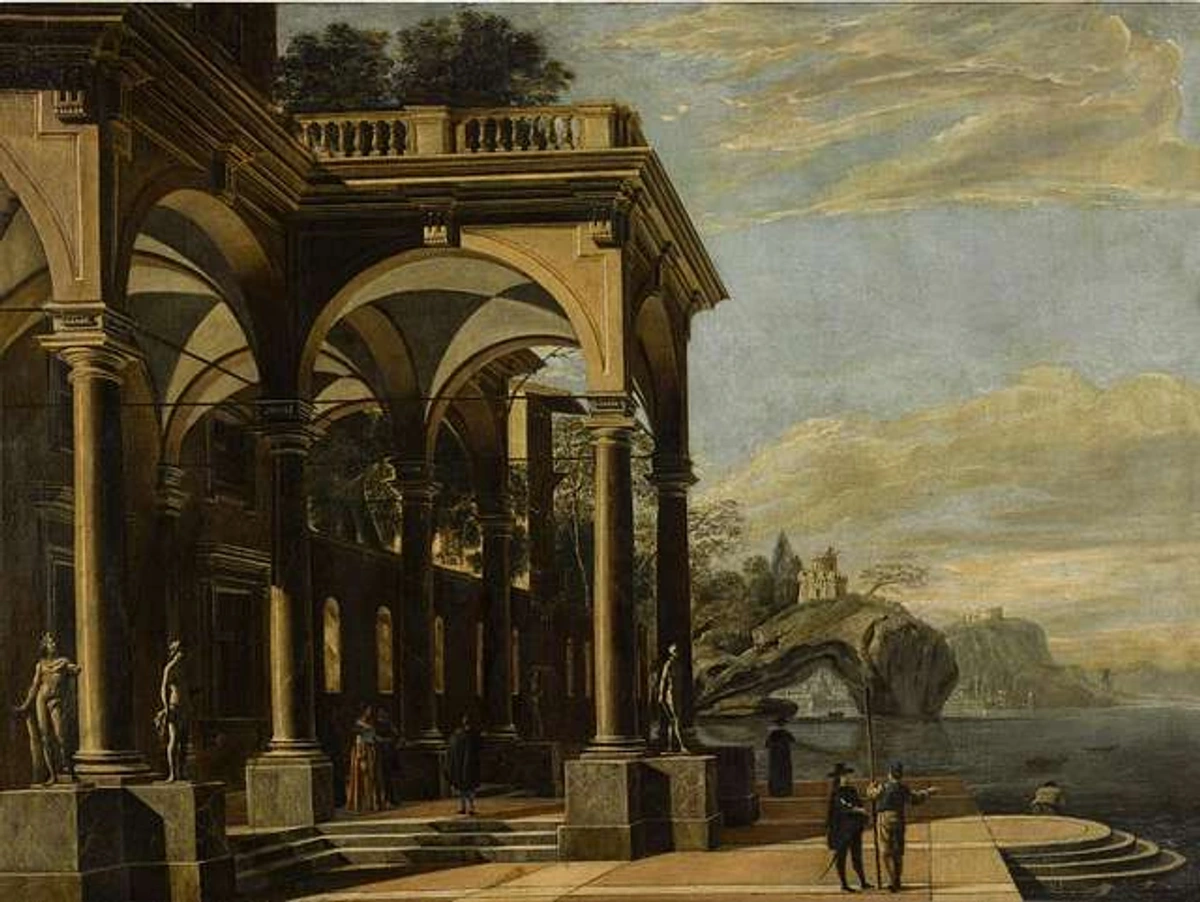
It's the interplay of these elements that makes a piece truly dramatic. It's not just what's shown, but how it's shown, the visual language the artist employs to grab hold of your attention and emotions.
Historical Styles That Mastered Drama
Art history is full of movements that leaned heavily into the dramatic. While drama can be found in many periods – the intense emotion of some Renaissance works like Michelangelo's "David" or the grandeur of the Sistine Chapel ceiling, or the heroic narratives of Neoclassicism – some eras made drama their defining characteristic. Here are a few that stand out to me:
Mannerism (Approx. 1520-1600)
Often seen as a bridge between the High Renaissance and the Baroque, Mannerism introduced a new kind of dramatic tension. Forget the balanced harmony of the Renaissance; Mannerism embraced elongated forms, artificial poses, unsettling compositions, and often discordant colors. It's art that feels slightly off-kilter, intentionally creating a sense of unease or sophistication rather than naturalism.
Think of the twisting, almost serpentine figures in a painting by Parmigianino or the crowded, emotionally charged scenes of Pontormo. The drama here is less about grand spectacle and more about psychological intensity and visual tension. It's like the artists were deliberately making things a little weird, and I kind of love that. It feels... human, in its awkwardness.
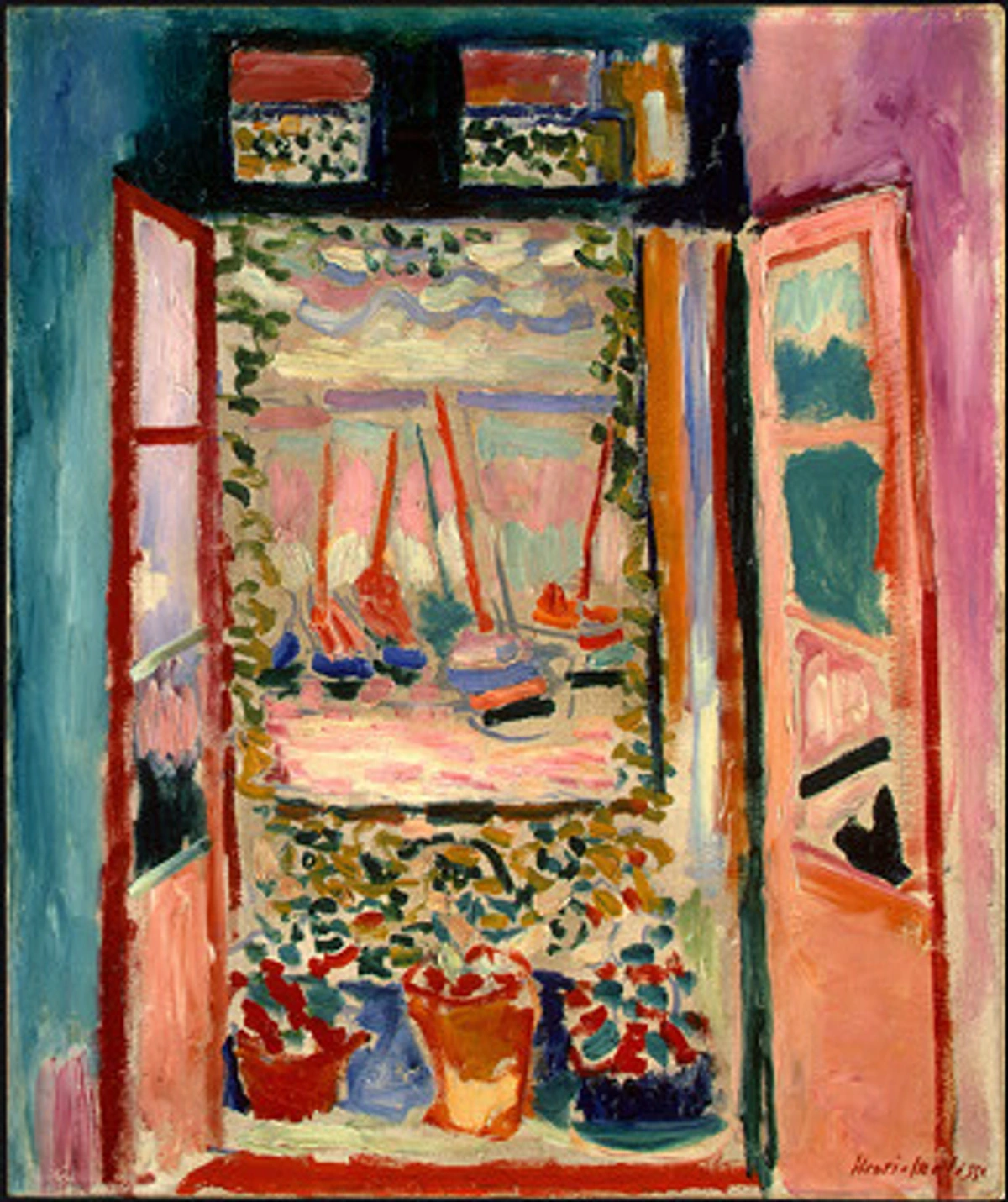
Baroque (Approx. 1600-1750)
If you want drama, go Baroque. This era was all about grandeur, intensity, and evoking strong emotional responses, often in service of religious or royal power. Think opulent churches, dynamic sculptures, and paintings that feel like a moment frozen in time, bursting with energy. It was a deliberate move to engage the viewer on a visceral level, a counter-response to the more restrained art of the Renaissance and Mannerism.
Caravaggio's intense use of chiaroscuro, Bernini's ecstatic sculptures like "The Ecstasy of Saint Teresa," Tiepolo's soaring ceiling frescoes – it's all designed to overwhelm and inspire awe. It's art as spectacle, pulling you into the scene with its immediacy and emotional force. What I love about the Baroque is its unapologetic intensity; it doesn't whisper, it shouts, demanding you feel the weight and glory of its subjects.
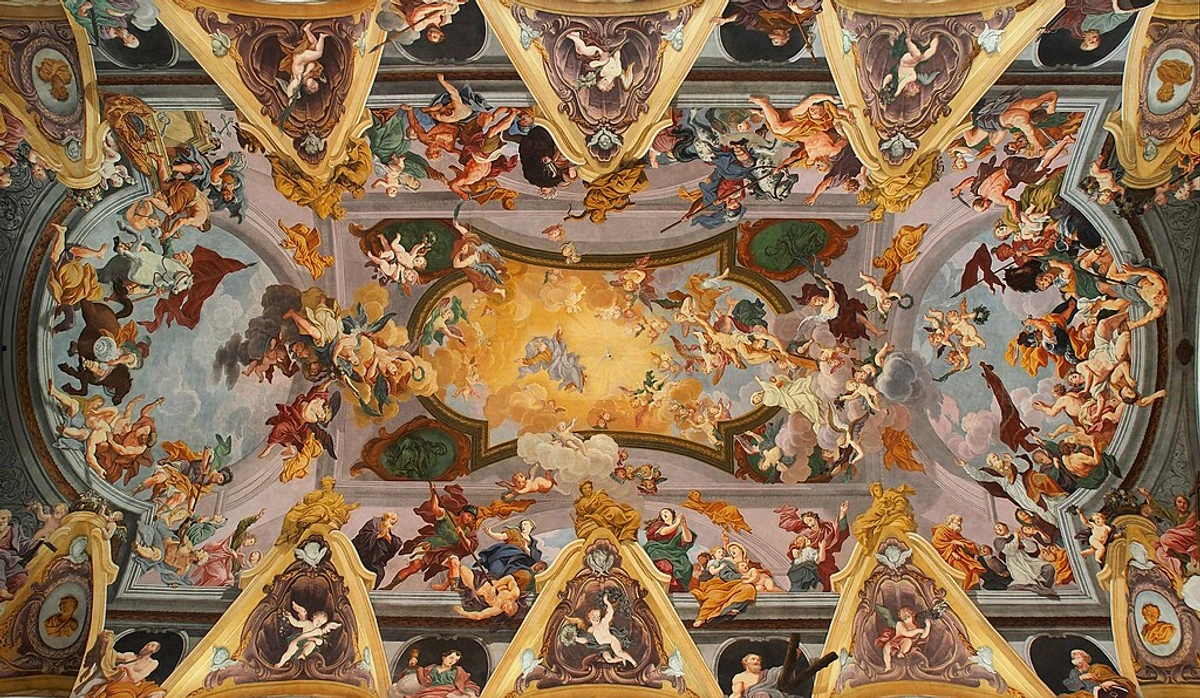
Romanticism (Late 18th to Mid-19th Century)
Romanticism shifted the focus from religious or royal drama to the drama of nature, emotion, and the individual experience. It was a reaction against the order and reason of Neoclassicism, embracing the sublime, the terrifying, and the deeply personal. This was art that explored the wildness of the world and the human heart. The concept of the sublime here is key – that feeling of awe mixed with a touch of terror when confronted with something vast and powerful, like a storm at sea or a towering mountain range.
Artists like Caspar David Friedrich depicted sublime landscapes that dwarfed human figures, emphasizing nature's power and mystery. Théodore Géricault's "The Raft of the Medusa" is pure human drama and suffering on a grand scale, a powerful commentary on a real-life tragedy. Delacroix's "Liberty Leading the People" captures the dramatic energy of revolution. It's art that speaks to the soul, to the wildness within and without, often with a sense of longing or melancholy. I find the Romantic focus on the individual's emotional response to nature particularly compelling; it mirrors my own search for connection and meaning in the world around me.
![]()
Symbolism (Late 19th Century)
Moving away from the direct observation of Impressionism and the narrative clarity of earlier styles, Symbolism delved into the realm of dreams, myths, and the subconscious. The drama here is often subtle, psychological, and evocative rather than overt. Artists used symbolic imagery and often muted or non-naturalistic colors to suggest ideas and emotions that couldn't be easily expressed literally.
Think of the mysterious figures and unsettling atmospheres in the works of Gustave Moreau or Odilon Redon. It's art that creates a mood, a sense of mystery, and taps into deeper, sometimes darker, psychological currents. The drama is in the ambiguity, the unspoken, the feeling that there's something significant just beneath the surface. It's like a quiet, intense stare that makes you wonder what they're really thinking.
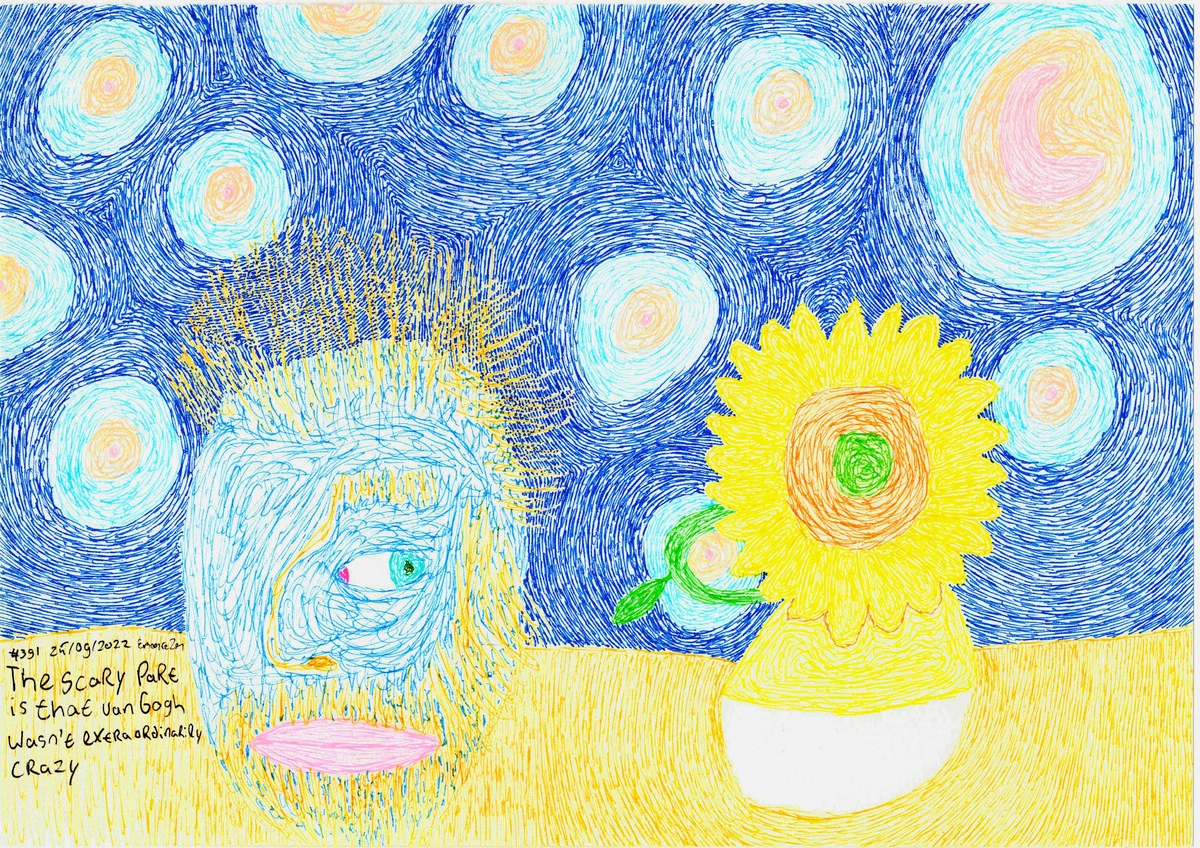
Expressionism (Early 20th Century)
This is where drama gets internal and loud. Expressionists weren't interested in depicting reality as it looked, but as it felt. They used distorted forms and intense, non-naturalistic colors to express inner turmoil, anxiety, and raw emotion. It was a direct response to the increasing industrialization and social anxieties of the time, a way to scream back at a world that felt overwhelming.
Edvard Munch's "The Scream" is perhaps the most iconic example, a visual representation of existential dread. Artists like Ernst Ludwig Kirchner, Franz Marc, and Emil Nolde used vibrant, clashing colors and jagged lines to convey intense psychological states. It's art that screams, whispers, and sometimes just sits there, heavy with unspoken feeling. The Expressionists' willingness to prioritize emotional truth over visual accuracy deeply resonates with me as an artist; it's a reminder that art can be a direct channel for the most intense inner experiences.
Surrealism (1920s onwards)
Surrealism brings the drama of the subconscious to the forefront. It's the drama of dreams, nightmares, and the irrational. Juxtaposing unrelated objects, creating impossible landscapes, exploring the bizarre – it's all designed to shock, intrigue, and bypass rational thought. It's a rebellion against logic, seeking a deeper, often unsettling, truth in the realm of the unconscious.
Think of Salvador Dalí's melting clocks or René Magritte's men in bowler hats. It's a different kind of drama, more psychological and unsettling than overtly emotional or grand. It makes you question reality, delve into hidden desires and fears. The Surrealists understood that the mind's landscape can be just as dramatic, if not more so, than any external event. Their ability to create compelling narratives from the utterly illogical is something I find endlessly fascinating. It's like they're showing you the weird, wild movie playing inside their heads.
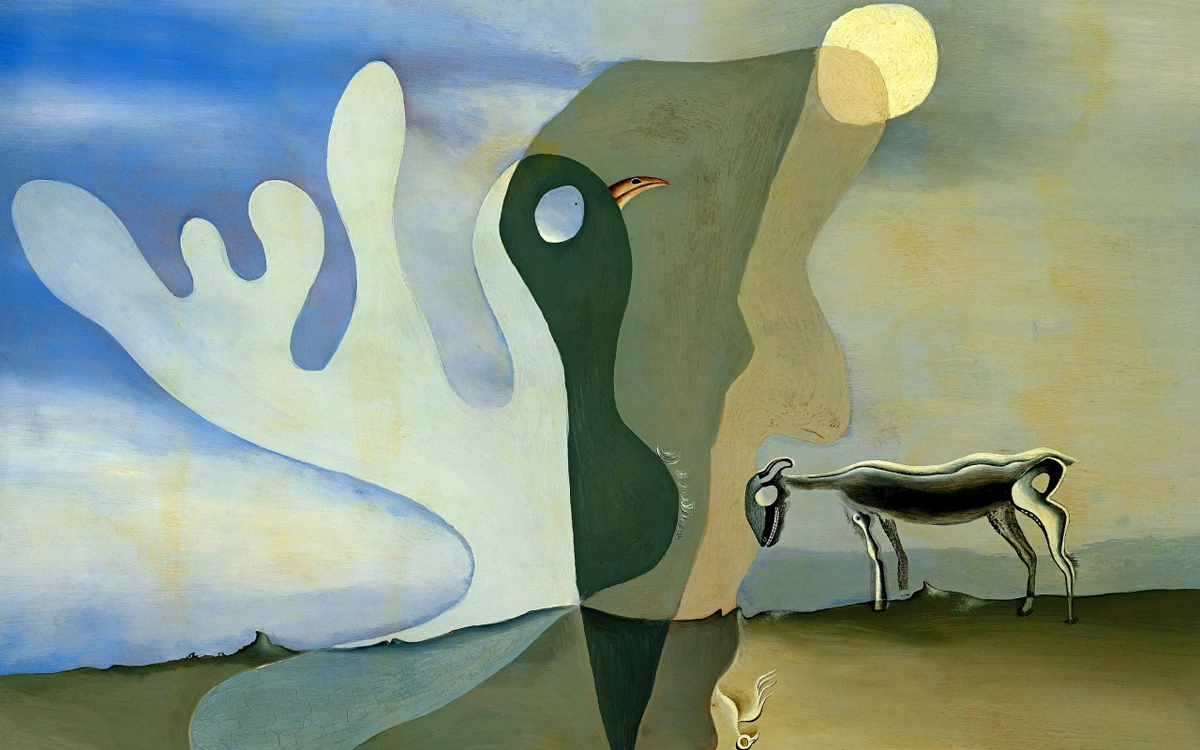
Abstract Expressionism (1940s-1950s)
Here, the drama is in the act of creation and the pure visual experience. Abstract Expressionists sought to express universal emotions and ideas through abstraction. For some, like Jackson Pollock, the drama was in the energetic, gestural process itself, the canvas a battleground of action and paint. For others, like Mark Rothko, the drama was in the immersive power of color fields, creating a contemplative or even spiritual intensity.
Standing in front of a large Rothko can be an incredibly moving, almost spiritual, experience. The colors seem to vibrate, creating a sense of depth and emotion that's hard to put into words. It's abstract, yes, but undeniably dramatic in its impact. It's a drama of pure form and color, bypassing narrative entirely to speak directly to the senses and the soul. This movement's belief in the power of abstraction to convey profound feeling is something that deeply informs my own work. You can read more about Abstract Expressionism if you're curious.
Why Are We Drawn to Dramatic Art?
Why does art that makes us gasp, feel uneasy, or fills us with awe hold such power? I think it taps into something fundamental about the human experience. Life itself is dramatic – full of intense emotions, struggles, triumphs, and mysteries. Dramatic art mirrors this, allowing us to confront, process, and experience these feelings in a controlled environment.
It offers catharsis, a release of pent-up emotion. It challenges our perceptions and pushes us outside our comfort zones. It reminds us of the vastness of nature (the sublime again!), the depth of human suffering, the heights of ecstasy, or the unsettling nature of the subconscious. In a world that can sometimes feel mundane or overwhelming, dramatic art offers an intense, often beautiful, escape or confrontation. It makes us feel alive, reminding us of the full spectrum of human feeling. It's like a visual rollercoaster for the soul.
Drama in Contemporary Art
Does drama still exist in contemporary art? Absolutely. It just takes on new forms, using the expanded toolkit available to artists today. It might not always look like a Baroque fresco or a Romantic landscape, but the intention to move, provoke, or immerse the viewer is still very much alive.
Contemporary artists achieve drama through:
- Scale and Immersion: Large-scale installations, like those by Anselm Kiefer or Olafur Eliasson, can be physically overwhelming, creating a dramatic sense of place or confronting viewers with monumental themes. Think of walking into a massive room-sized sculpture or being surrounded by light and mist.
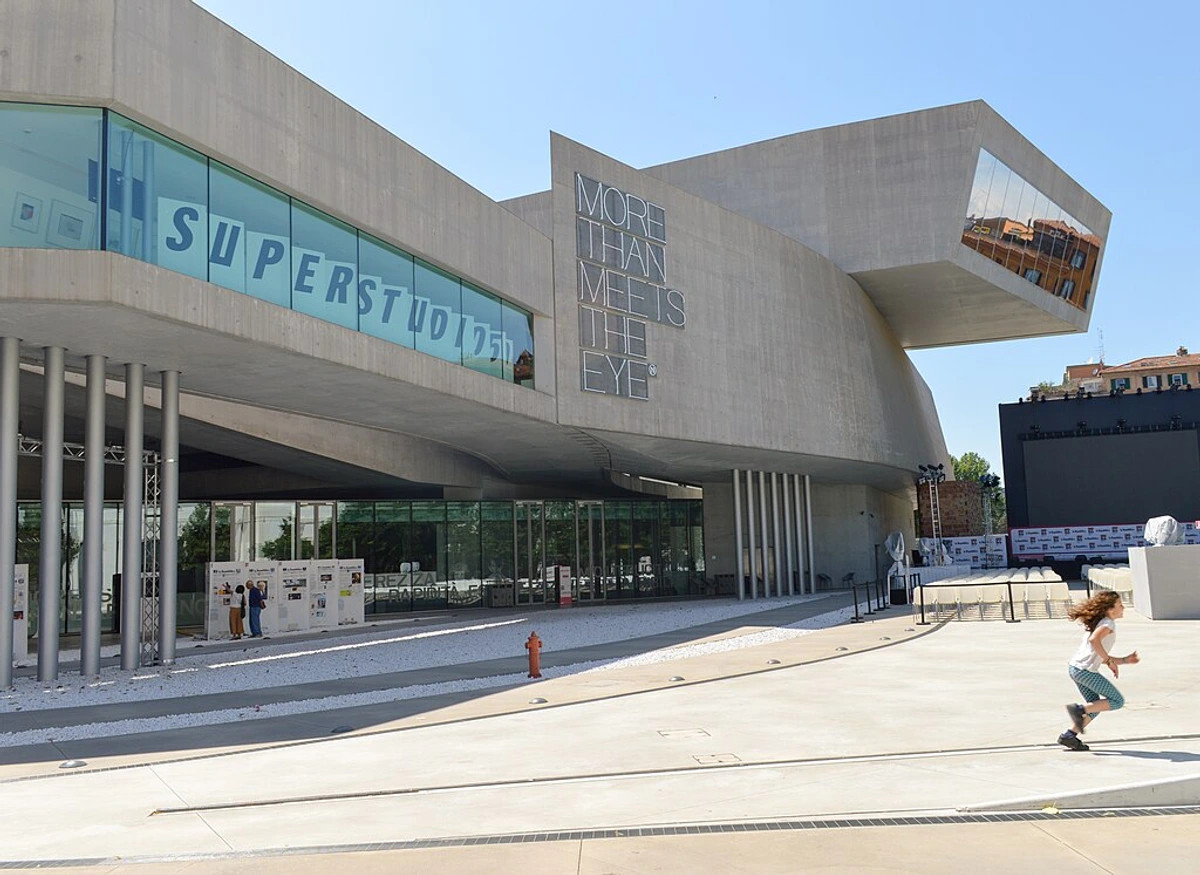
- Performance and Confrontation: Performance art, pioneered by figures like Marina Abramović, often involves intense physical or psychological endurance, creating raw, immediate drama that unfolds in real-time before the audience. It's drama in its most literal, live form, sometimes making you squirm in your seat.
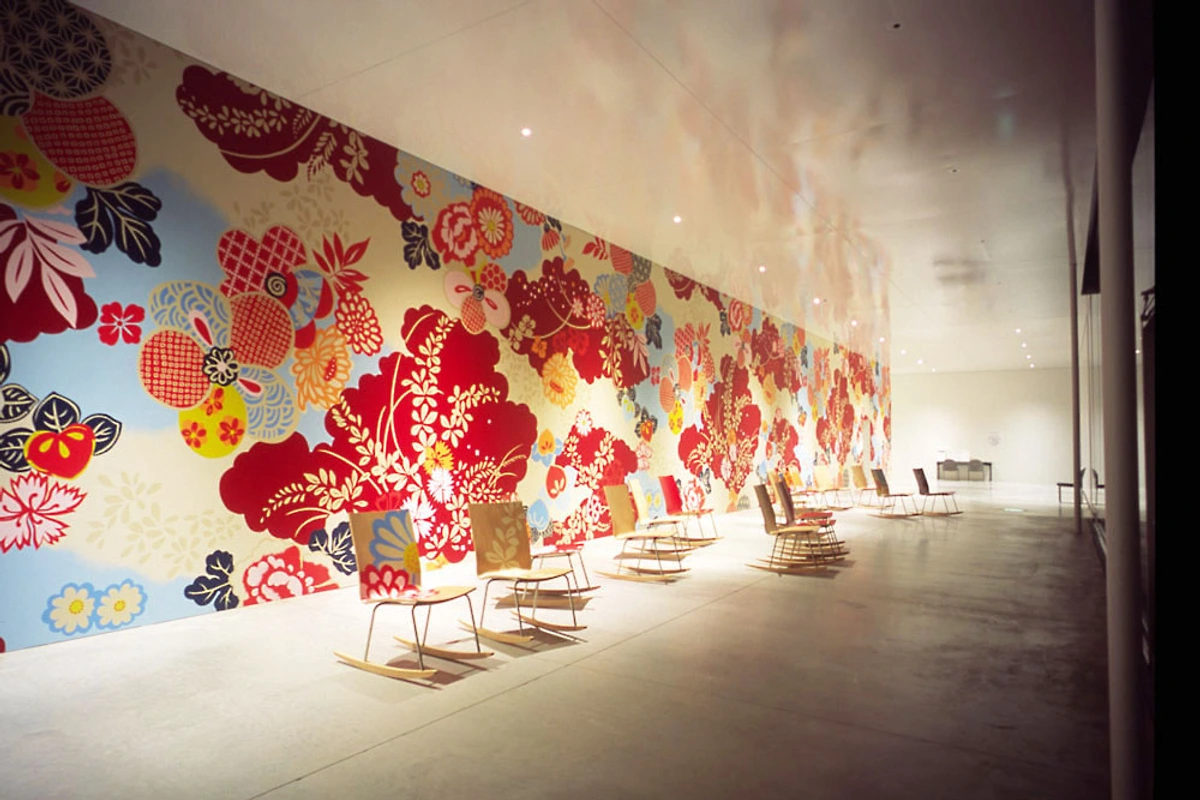
- Video and Digital Art: Moving images and interactive digital experiences can create immersive and emotionally charged narratives or environments. Artists like Bill Viola use slow-motion video to explore intense human emotions and spiritual states, creating a powerful, almost meditative drama.
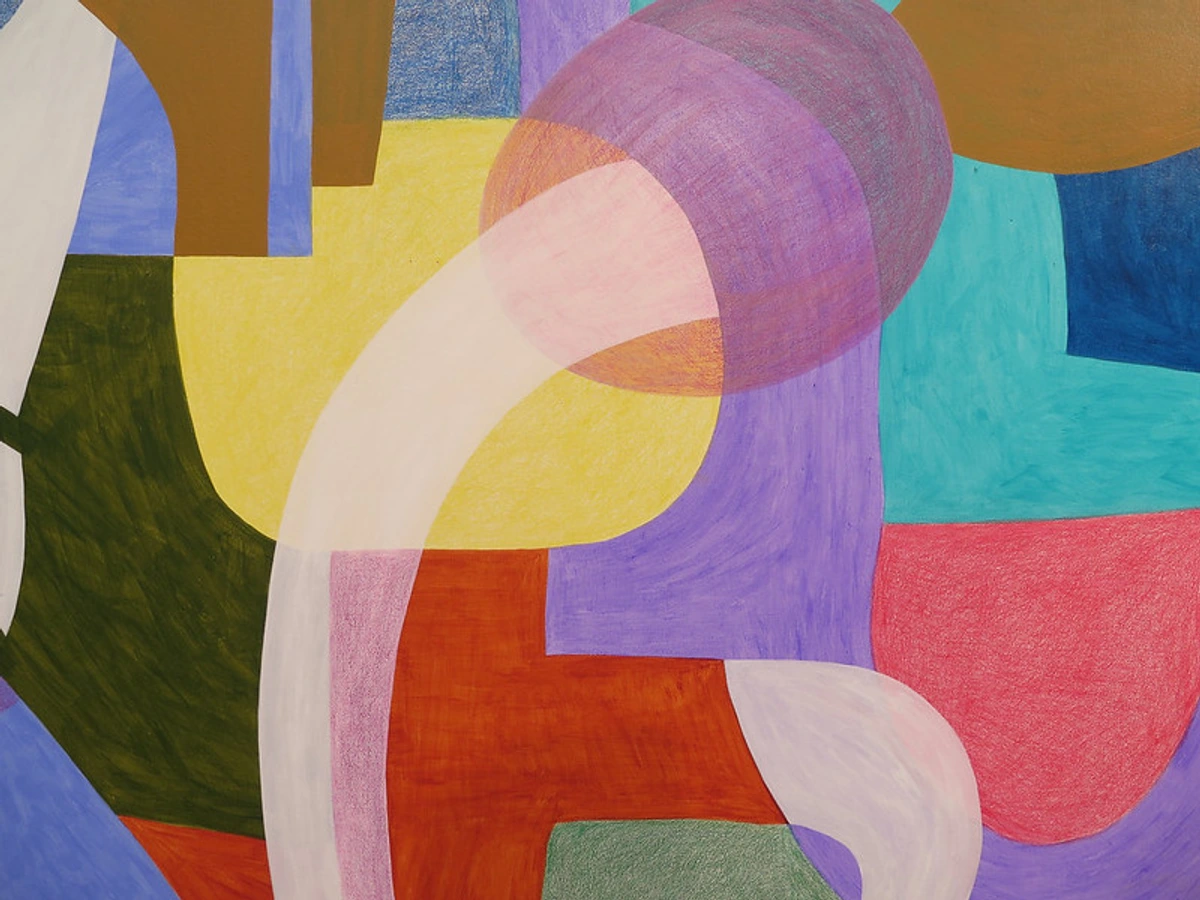
- Challenging Subject Matter: Contemporary art often tackles difficult or controversial themes – social injustice, political conflict, environmental crisis, personal trauma. The drama comes from the confrontation with these realities, forcing viewers to engage with uncomfortable truths. Artists like Ai Weiwei use their work to create powerful, dramatic statements about human rights and freedom.
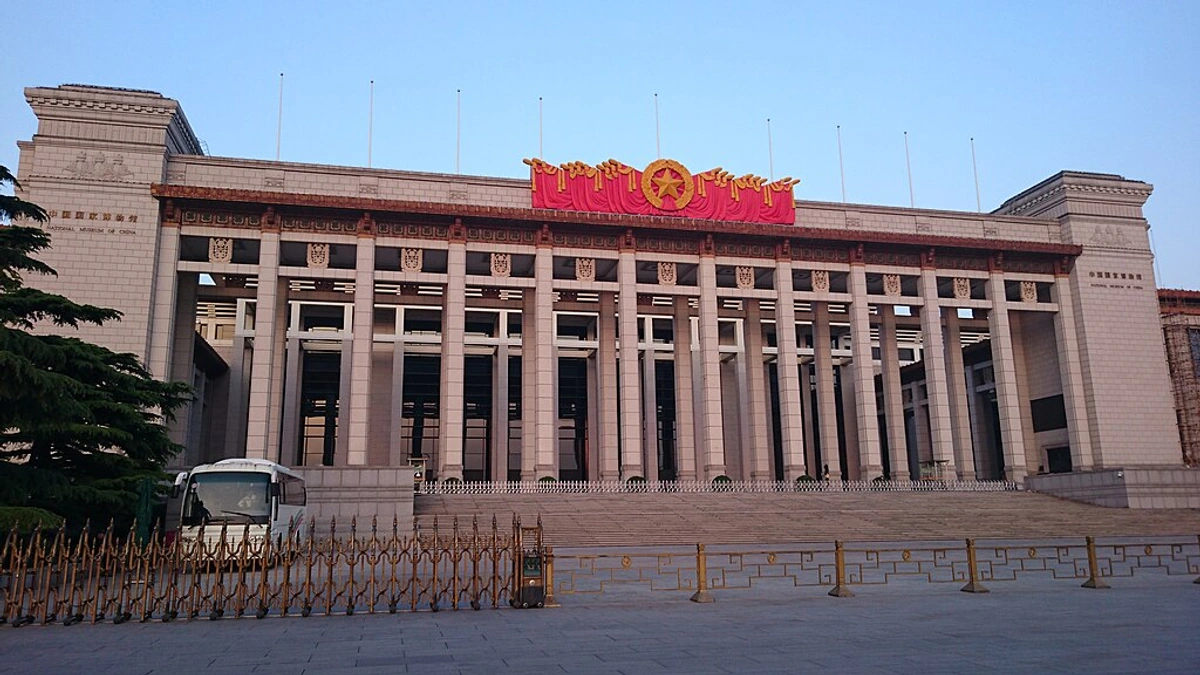
- Materiality and Process: The sheer physicality or unusual use of materials can create drama. Think of the visceral impact of a large, heavily textured painting or a sculpture made from unexpected, perhaps unsettling, materials. The process itself, if visible or implied, can also add a layer of dramatic tension. Doris Salcedo, for example, creates sculptures that embody the trauma of violence and displacement through the painstaking manipulation of everyday objects and architectural spaces.
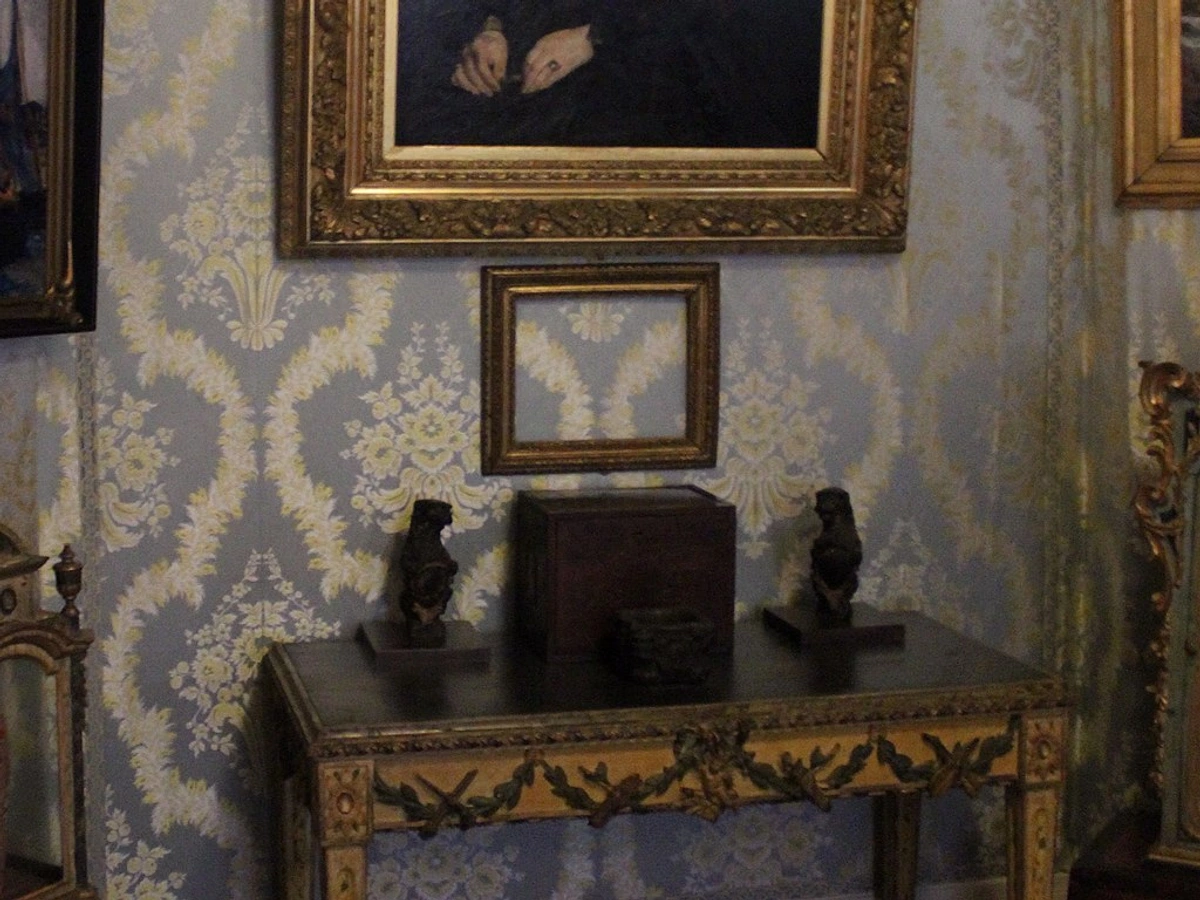
As an artist myself, I think about this a lot. How do I create work that has impact, that resonates beyond just being visually pleasing? Sometimes it's through bold color, sometimes through texture, sometimes it's just a feeling I'm trying to capture that hopefully translates. It's a constant exploration, a bit like my own artist timeline – always evolving, always seeking that spark that makes a piece feel truly alive and impactful. Maybe you'll find something that sparks that feeling for you in my art for sale.
Experiencing Dramatic Art
How do you approach art that's designed to be dramatic? My advice? Let go a little. Don't feel like you need to understand everything immediately. Allow yourself to feel. Stand in front of the piece, take a deep breath, and just see what happens. What colors jump out? What lines draw your eye? Does it make you feel uneasy, excited, sad, energized? Does it make you want to laugh, cry, or just stand there in stunned silence?
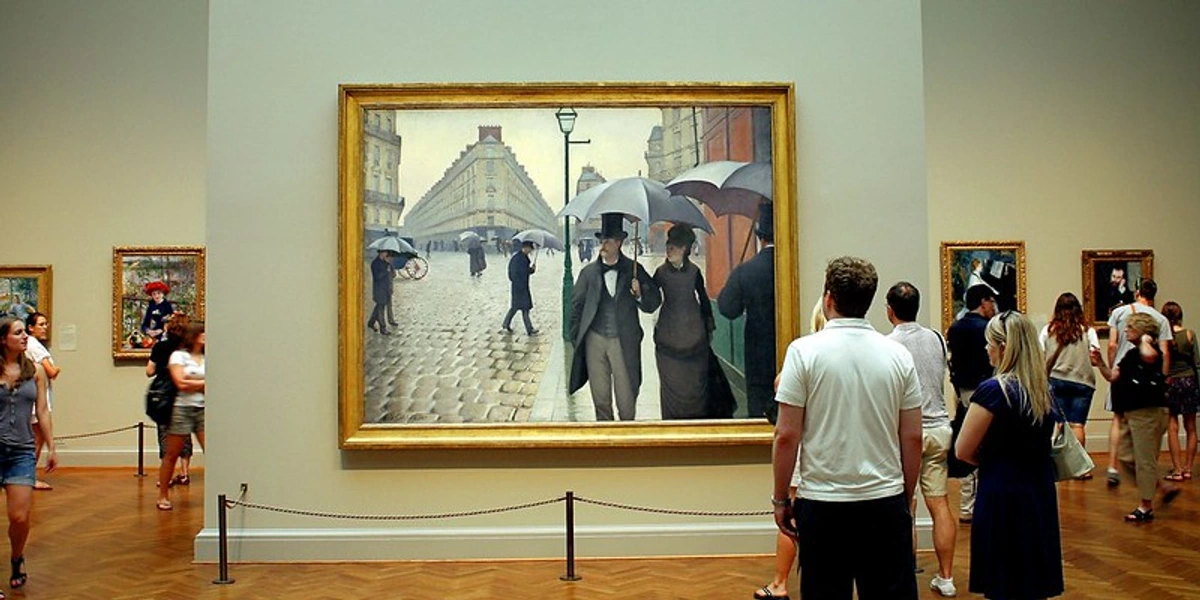
Dramatic art is often about the visceral reaction. It bypasses the brain and goes straight for the heart. Or the gut. Or maybe even makes the hairs on your arms stand up. That's okay! That's the art doing its job. I remember seeing a particular painting years ago that just stopped me in my tracks. It wasn't a famous piece, but the combination of intense color and turbulent brushstrokes created a feeling of overwhelming energy, almost like a storm. I just stood there for ages, completely absorbed, feeling the chaos and beauty of it. That's the power of visual drama.
If you want to learn more about how to look at art, I wrote a guide on how to read a painting that might help you look beyond the surface and connect with the artist's intent.
Bringing Dramatic Art into Your Space
Adding dramatic art to your home can completely transform a room. It can be a focal point, a conversation starter, or a piece that sets the entire mood. A large, bold abstract piece, a striking portrait, or a print with intense color can inject personality and energy. But how do you choose and place it effectively? It's a bit like casting a character for a play – you need the right fit for the role the room plays in your life.
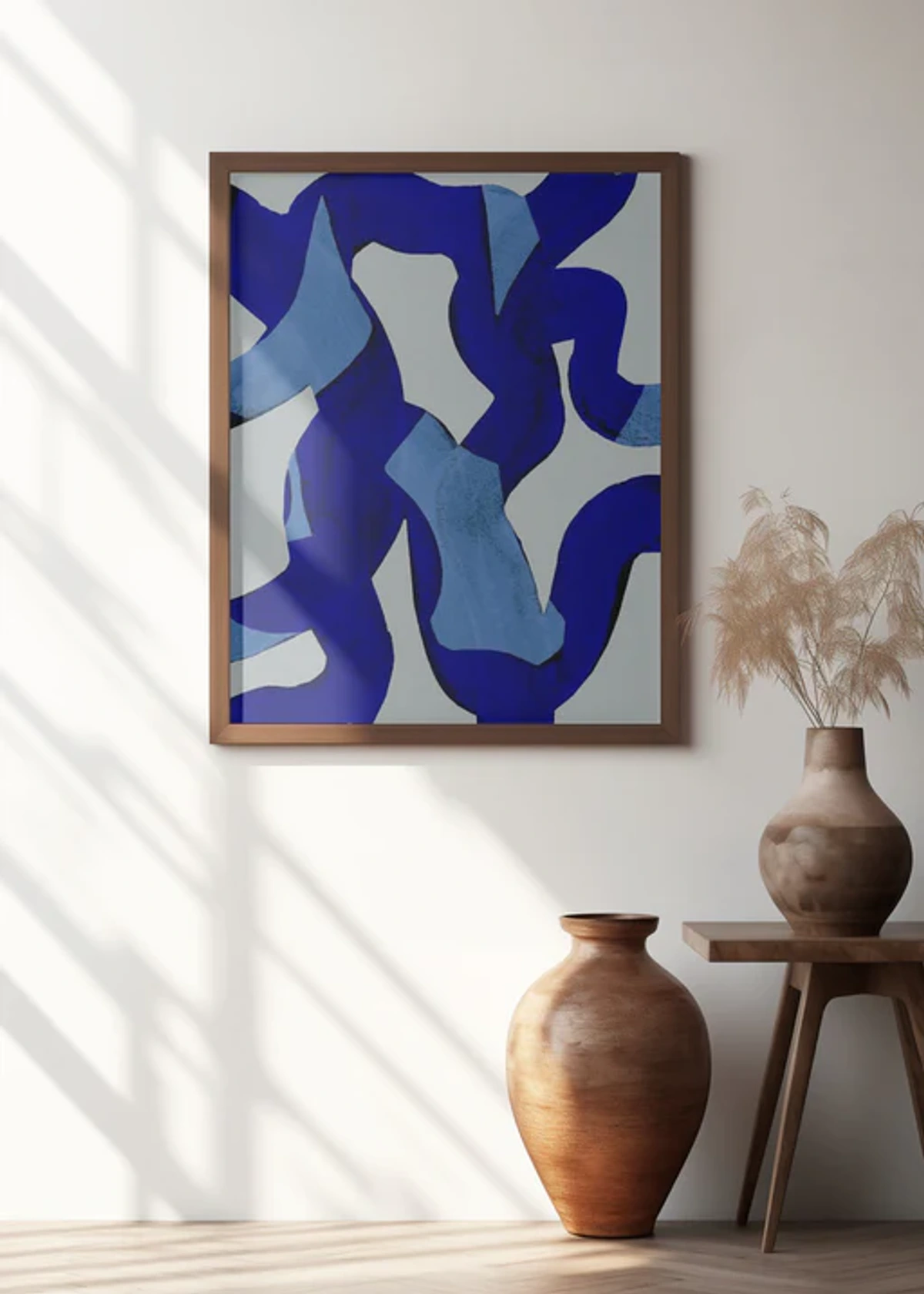
- Consider the Room's Purpose: A highly dramatic piece might be perfect for a dining room or entryway where you want to make a statement, but perhaps less ideal for a bedroom where you seek tranquility. Unless, of course, your idea of tranquility involves contemplating the sublime! (No judgment here).
- Think About Scale: As discussed earlier, scale is a dramatic element. A large piece can dominate a wall and anchor a room. Conversely, a small, intensely dramatic piece can draw you in for a close, intimate experience. Don't underestimate the power of a small punch.
- Contrast is Your Friend: Dramatic art often thrives on contrast – light/dark, color clashes, dynamic vs. static forms. Consider how the artwork's inherent contrasts will interact with the existing elements in your room (wall color, furniture style, lighting). Sometimes the most dramatic effect comes from placing a quiet piece in a busy space, or vice versa.
- Lighting is Crucial: Proper lighting can enhance the drama of a piece, highlighting textures, colors, and the interplay of light and shadow within the artwork itself. A well-placed spotlight can make a dramatic painting truly sing. Or brood, depending on the mood.
- Trust Your Gut: Ultimately, choose art that speaks to you and makes you feel something. If a piece feels dramatic and you love it, you'll find a way to make it work in your space. It's your personal gallery, after all. Don't let anyone tell you your dramatic art is 'too much' if it feels just right to you.
Just be mindful of scale and placement. A highly dramatic piece might overwhelm a small, quiet space, or it might be exactly what that space needs! Trust your instincts. If you're looking for ideas, check out my guides on interior decorating or specifically art at home. And if you're feeling inspired to add some drama to your walls, you can always buy art directly from my collection.
FAQ: Your Dramatic Art Questions Answered
Got questions about art that makes you feel? Let's tackle a few...
Q: Is dramatic art always dark or sad?
Not at all! While intense emotions can include sadness or fear (think Munch's "The Scream"), drama can also be about awe, triumph, ecstasy, or the sheer energy of life. Baroque art, for instance, is often incredibly celebratory and full of light. Think of the soaring ceilings and golden light in many Baroque churches. Drama is about intensity, not necessarily negativity.
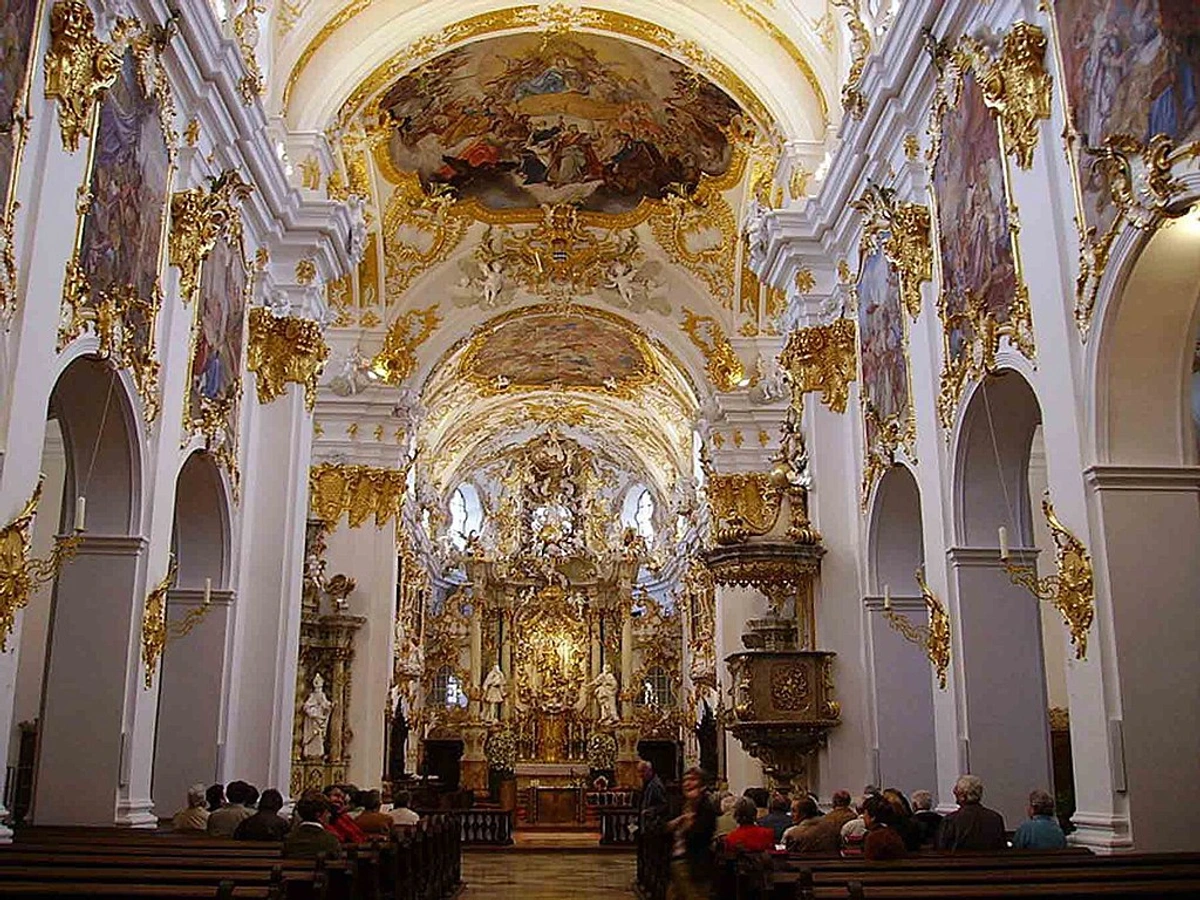
Q: How is dramatic art different from theatrical art?
While there's overlap, especially in styles like Baroque or works depicting plays, dramatic art in the visual sense refers to the emotional impact and visual intensity of the piece itself, regardless of whether it depicts a scene from a play. Theatrical art might specifically reference theatre or performance, or art designed for a theatrical setting (like set design). Dramatic art is about the feeling the artwork evokes, not necessarily its subject matter being theatre. It's the difference between a painting that makes you gasp and a painting of a play that makes you think about theatre.
![]()
Q: Can abstract art be dramatic?
Absolutely! As we discussed with Abstract Expressionism, abstract art can be incredibly dramatic through its use of color, scale, texture, and composition to evoke strong feelings and create a powerful visual experience. It's drama without a literal subject, speaking directly to your senses and emotions. A large, vibrant abstract piece can be just as dramatic as a historical painting. Sometimes, the lack of a recognizable subject makes the emotional impact even more direct.
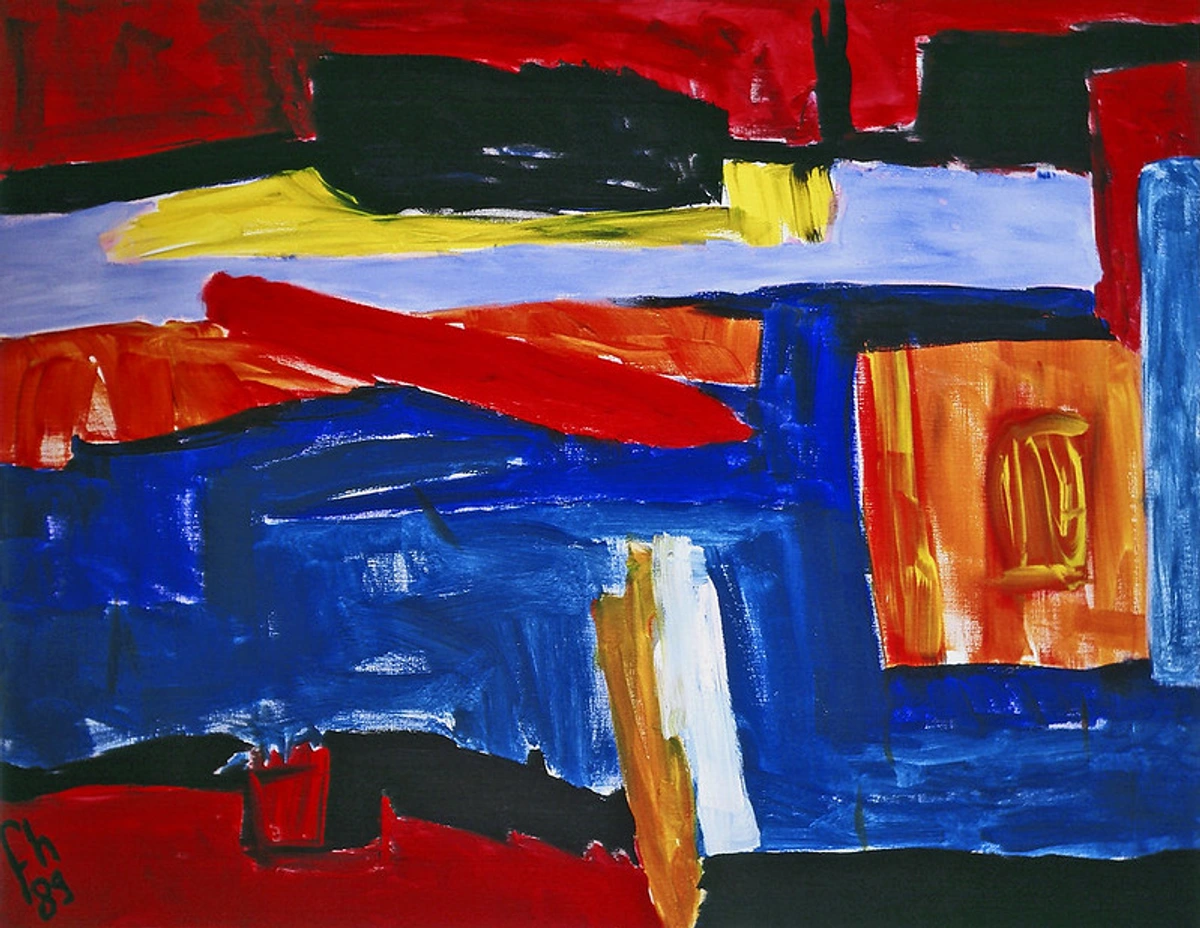
Q: Where can I see dramatic art?
You can find dramatic art in museums and galleries worldwide! Look for sections on Mannerism, Baroque, Romanticism, Symbolism, Expressionism, and Surrealism. Many contemporary galleries also feature dramatic pieces, whether large installations or intensely emotional paintings. Check out guides to best galleries or best museums for ideas. The Rijksmuseum in Amsterdam has some fantastic Baroque works, for example, and places like the Tate Modern or Centre Pompidou often feature dramatic contemporary pieces.
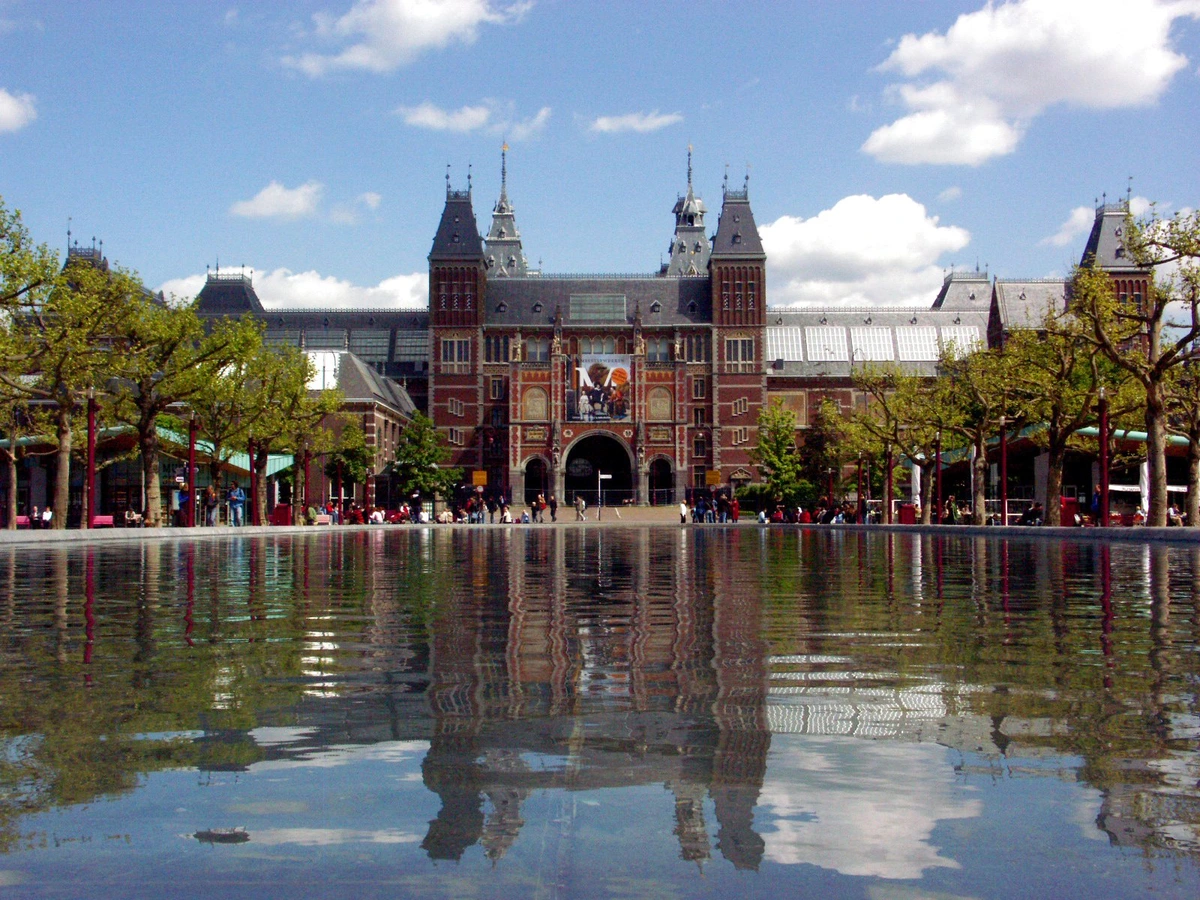
Q: Is dramatic art always realistic?
No, not at all! As seen with Mannerism, Expressionism, Surrealism, and Abstract Expressionism, dramatic art often uses distortion, abstraction, or non-representational forms to achieve its emotional impact. The drama comes from the feeling or experience evoked, not necessarily a literal depiction of reality. Sometimes, distorting reality is the most dramatic way to show how something feels.
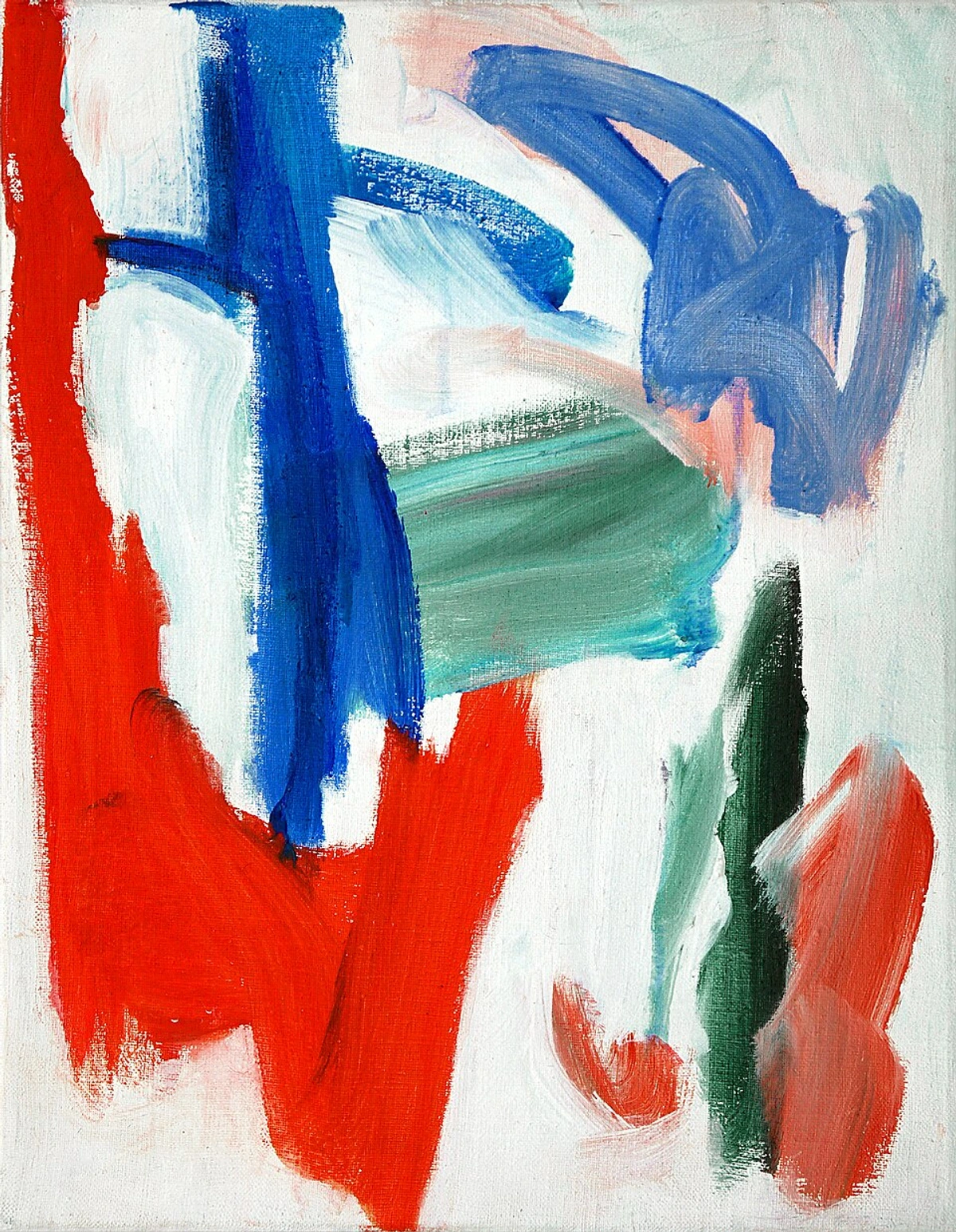
Q: What's the difference between dramatic and melodramatic art?
Ah, the tricky line! Dramatic art achieves its intensity through skillful use of visual elements and genuine emotional depth. Melodramatic art, on the other hand, often feels exaggerated, forced, or overly sentimental, relying on clichés or superficial effects to provoke a reaction. It tries too hard. Think of the difference between a powerful, moving scene in a great film and a cheesy, over-the-top soap opera moment. Dramatic art earns its intensity; melodramatic art demands it without the substance.
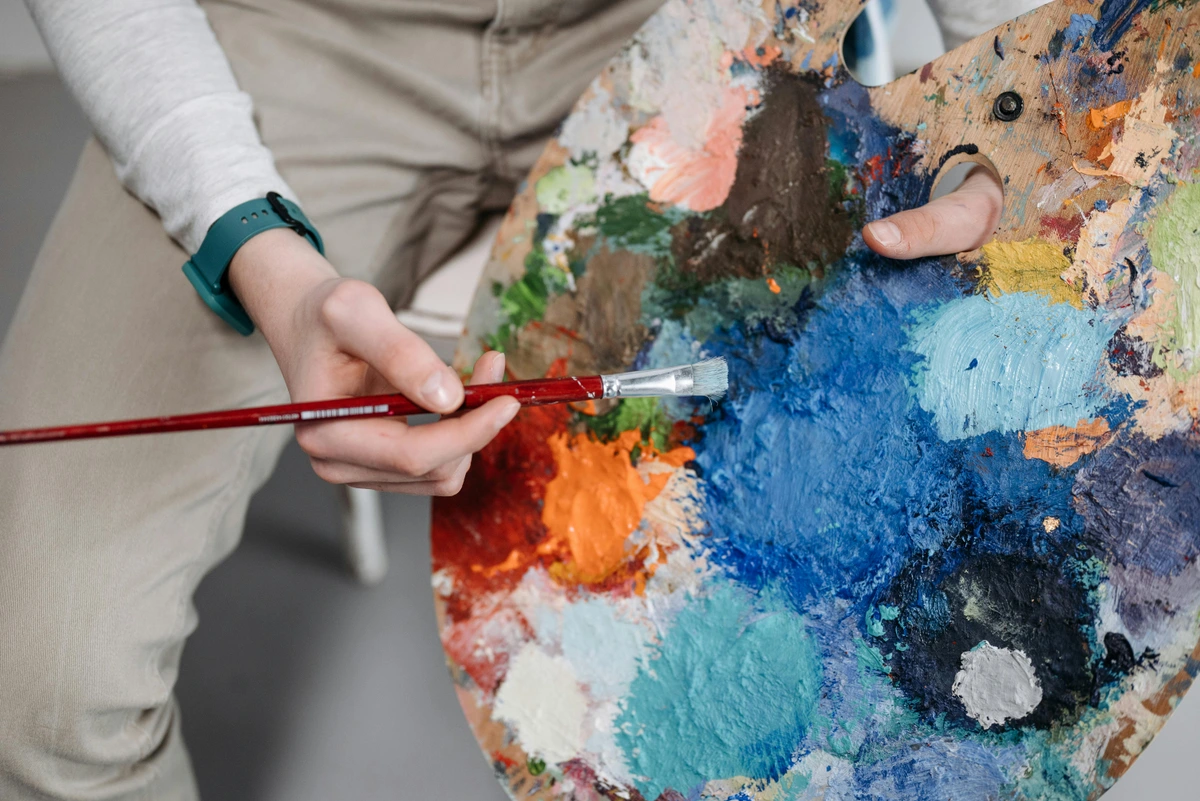
Q: Can photography or digital art be dramatic?
Absolutely! Photography can use light, shadow, composition, and subject matter to incredible dramatic effect – think of powerful photojournalism or intensely moody portraits. Digital art and video art, as mentioned earlier, offer even more tools for creating immersive, dynamic, and emotionally charged experiences. The medium changes, but the potential for drama remains.
Conclusion: The Enduring Power of Visual Drama
Dramatic art, in its many forms, reminds us of the power of visual communication to stir the soul. It's art that doesn't shy away from big emotions or bold statements. It challenges us, moves us, and stays with us long after we've looked away. It's the art that makes you pause, breathe a little differently, and feel something profound.
Whether it's the unsettling tension of Mannerism, the sweeping grandeur of the Baroque, the emotional rawness of Expressionism, the evocative mystery of Symbolism, the unsettling dreamscapes of Surrealism, or the abstract intensity of a Rothko, dramatic art offers a powerful experience. It's a reminder that art isn't just something to look at; it's something to feel, to experience, to let wash over you.
So next time you encounter a piece of art that makes you stop, that makes your heart beat a little faster, or leaves you feeling profoundly moved – chances are, you're experiencing the beautiful, undeniable power of dramatic art. And maybe, just maybe, you'll find yourself seeking out that feeling again and again. It's a journey worth taking.




